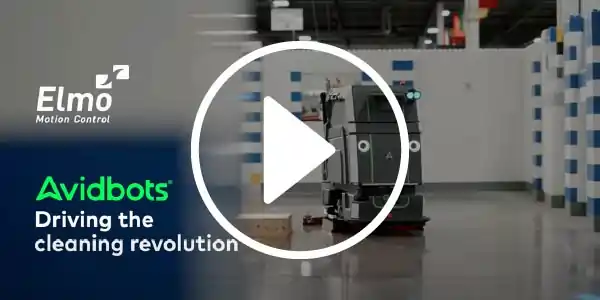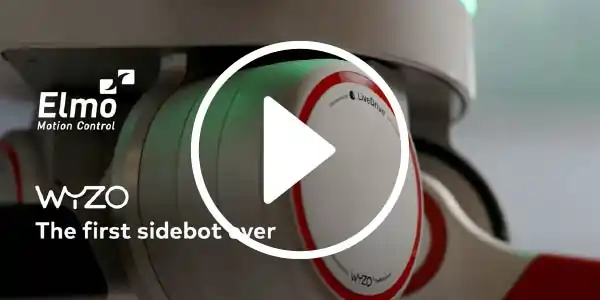Our product lineup
Elmo solutions by industry
A culture of reliability
+35
Years Pioneering Motion
Control Innovation
>2,500
OEMs Favorite
Motion Supplier
>4.3M
Servo Drives Running
24/7 Worldwide
Success Stories
“Elmo’s application studio software was very user friendly and allowed us to quickly tune our 3,000 meter depth-rated drives so they performed well.”
Kyle Thomas
Mechanical Eng. Manager, Nauticus Robotics
“I can recommend the Elmo solution to anyone looking for a high-performance, very reliable, easy-to-use, industrial servo motor drive.”
Josh Caputo
Founder, President & CEO Humotech
“Elmo motion control solutions offering fitted us a glove, and delivered the results we needed, Elmo’s Twitter unique size and performance ratio enabled smooth and easy integration directly into the arm of the robot.”
Enrico Neumann
Product Manager, IAV
“We need our robot to move in a consistent, reliable, and predictable way. We’re moving a 600 kilos robot, and we’re driving that robot with an Elmo motor controller smaller than a playing card.”
Duncan Mclennan
Product Manager, Avidbots
“12 Elmo Twitter modules used for controlling. Elmo was the only one offering a small servo and EtherCAT bus control. Thanks to Elmo, having several articulations working simultaneously over a bus was easy!”
Fabien Expert
Dir. Mechatronics, Wandercraft
“Our robot must be able to work at full speed with humans in its network. Thanks to Elmo who developed the “Safe Absolute Torque” feature, Wyzo robot is fast as a high-speed delta robot and safe as a collaborative robot.”
Christian Vouillamoz
CTO, Wyzo










